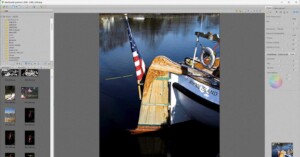
A Look Back at RawShooter, the Predecessor of Adobe Lightroom
Digital photo editing has come a long way in the past two decades, and two software programs that have impacted the field are RawShooter and Lightroom.

Digital photo editing has come a long way in the past two decades, and two software programs that have impacted the field are RawShooter and Lightroom.
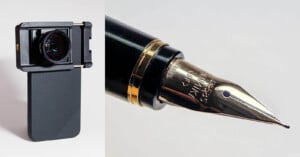
A little while ago, when Apexel asked me to review the 200X LED Lens microscope adaptor, I told them I was interested in both the microscope and the macro lens kit. Due to stocking issues, they were able to send the microscope adaptor.

I received a request from Apexel to review a phone accessory that connects to microscopes, telescopes, or binoculars. I replied to inform them that I had none of those pieces of equipment but I might be interested in reviewing a macro or microscope attachment to mobile phones.
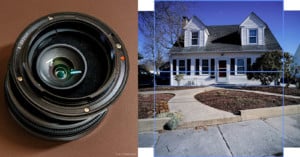
Low-cost lenses started appearing in the market in the last twenty years or so, with prices coming down steadily. When I saw another inexpensive lens in an article a couple of months ago, it grabbed my attention not with its price but with its core feature. It was a shift lens. An 18mm, fixed-aperture at f/8, shift lens at $119 was worth trying.
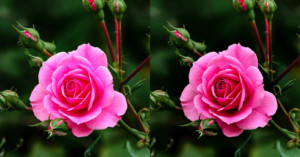
In most images, midtones carry much of the important information. This is not true for all images, but those are the exceptions. In this article, I will present an approach to control midtone information from color to tonal structure.
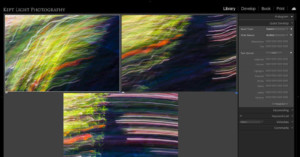
Sometimes it may be necessary to make a set of images darker or lighter, more or less contrasty, or otherwise change their appearance but retain their relative appearance. Lightroom has the ability to make relative adjustments on a selected set of images to facilitate that.
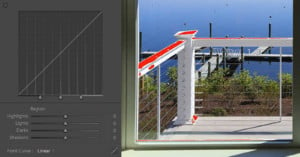
Lightroom has many adjustments and in general, they work reasonably well. I bet the most widely used sliders are the Highlights and the Shadows sliders. There seems to be a general tendency to make sure that the highlights are not blown and the shadows are not blocked.
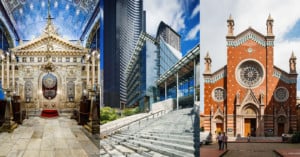
Architecture is an art form, it is a branch of science, it is a business, it is the architect’s personal expression as well as that of the commissioner. So, it is not surprising that I see architectural photography as overlapping various forms, kinds, branches of photography.
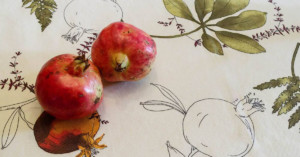
A while back, I had another roundtable discussion at the Film Photographers Association. This time the subject was Still Life Photography. It is a genre we all take for granted and include in it a great variety of photographs. I would like to explore the origins of still life in painting, how it came to photography, and eventually expanded in coverage and scope.
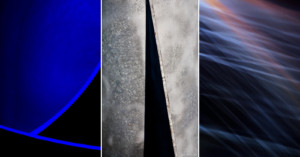
Abstract photography seems to be an elusive subject, hard to nail down to a single definition. This may be due to the abstract nature of the idea of “abstraction” and perpetuating misconceptions about abstract photography.
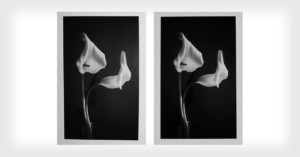
Your display profile may be wrong. How is that for a bold statement! But it may very well be true, even if you do it regularly on schedule. Display calibration and profiling is a must for all digital photographers.
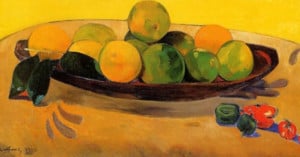
We often get too set in our ways and our conversation remains in the same context, which can blind us to seeing the pitfalls we create for ourselves. In general, using other photographers’ aesthetics, judgements, and sensibilities should make us think twice, thrice, … Yet, in the rush of creating the next “noticeable” image on the Web, we use presets, filters, brushes, and a whole lot of them without thinking twice.
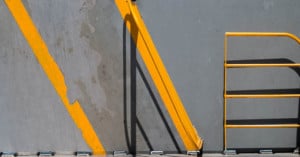
Photography is an analytic art form. We aim our lenses to specific parts of the world around us to pick a frame because, in our analysis, that particular frame presents the photograph we wish to take. We can certainly raise the camera, lower the camera, rotate it, pitch it, yaw it, aim at a different part and end up photographing something different.
You should realize that there are infinite number of photographs you can take from where you are now. How then do we aim the camera to “that particular frame” to photograph?
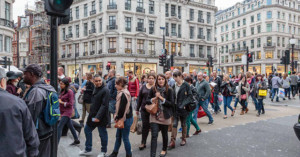
Would you say the above photograph has any compression artifacts? Compressed too much, not enough, or just right? What exactly is “just right” anyway. This post will explore the concept of compression, why and how do we do it, and how aggressive we should be in either reducing the file size or increasing the image quality.